Seems like every time we open up our laptop, there is another midsize truck coming to market, better than the one it replaces.
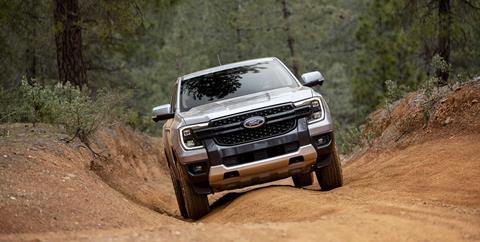
The once dead category is one of the hottest in the automotive market with companies such as GM, Toyota, and now Ford refreshing their offerings.
We recently had a chance to get behind the wheel of the 2024 Ford Ranger near Salt Lake City, Utah and also got to put the new Raptor through its paces. If our experience is any indication, Ford has a strong contender on its hands. Available overseas for the past year or so, this global pickup is finally ready to go to work on our shores.
Notable Differences
So, what changes can current Ranger owners expect moving to a ’24 Ford Ranger? First off, the venerable T6 platform still underpins the Ranger, albeit with some noteworthy tweaks, such as two inches being added to both track width and wheelbase, and rear shocks that have been positioned outboard, both changes positively impacting the Ranger’s stability and ride. Other improvements encompass the body, drivetrain, and most visibly, an all-new interior.
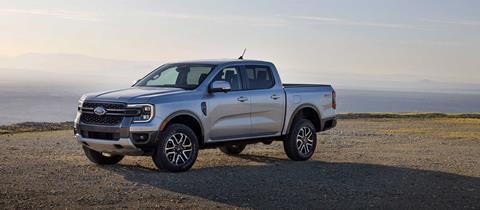
Also new for 2024 is the crew cab and five-foot bed being offered as the Ranger’s sole body configuration, as Ford has dropped the SuperCab and six-foot bed option.
Body
The bodywork is now a bit bolder, with subtle fender bulges that cover the more widely spaced wheels and tires, which makes the Ranger appear a bit beefier and better proportioned than the tall and under-tired outgoing truck.
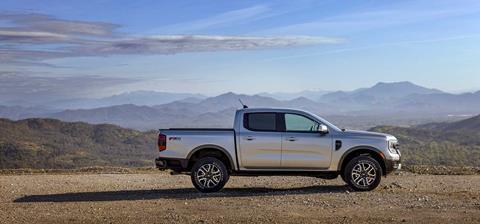
While it doesn’t exactly look like a baby F-150, at least it looks more in line with the North American Ford truck offerings than the previous generation. Thanks to the wider body, the bed floor is now a proper four feet between the wheel wells, allowing for a standard sheet of plywood to sit flat on the floor. Rear corner bed steps are now built into the bedsides behind the rear wheels, allowing for easier access into the bed.
Drivetrain
Under the hood, Ford has really bucked the industry trend of smaller is better, Sure the existing 2.3L EcoBoost turbo four-cylinder returns as the base engine, but Ford also ups the ante with an optional 2.7L EcoBoost turbo V-6 shared with the Bronco.
While we like the 270hp and 310 lb-ft of the four-cylinder, we are excited at the prospect another midsize pickup with a V-6 (Nissan is the other, offering a V-6, albeit normally aspirated) and the 315 hp and 400 lb-ft of torque, putting this engine near the top of the midsize heap, only Toyota’s i-FORCE MAX four-cylinder has more (326hp/465tq), and the GM twins offer a small advantage in torque, but have less horsepower (310hp/430tq). All of these numbers come from using regular 87 octane, which will be a selling point for many.
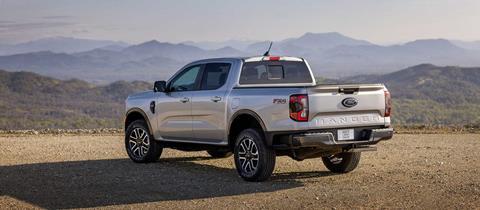
This should be the engine of choice for Ranger fans who like to be at or near the vehicle’s gross vehicle weight. We say “should”, because Ford didn’t have any examples on our media drive, so we haven’t had a chance to drive that configuration yet. Regardless, both engines are backed by Ford’s 10-speed SelectShift automatic transmission.
Interior
The old Ranger’s interior looked like it was made from what was left over from the parts bin when the Fusion was discontinued. It was one of the worst things about the old truck and was dated even when it came out in 2019 (the body style originated was introduced internationally in 2011).
All that has changed for 2024, as the new cabin features a suitably upright and trucky dash, only betrayed by the fast, car-like rake of the A-pillars. The layout is functional, and we love that Ford put in a portrait 10- or 12-in screen that allows the center stack to be narrower, helpful for taller drivers that find themselves having to rest their knees against the dash.
The screens are big, gorgeous, and don’t overwhelm the cabin. They house the secondary controls and do a great job over displaying the Ranger’s abundant number of available camera views. However, while the climate control has hard buttons for most of the functions, we do wish Ford had more. For example, the heated seats and steering wheel controls are buried in the screen.
While we like the look and the layout of the new Ranger dash, our pre-production trucks were a little rough around the edges in the fit and finish department, especially on the lower-grade interiors. The soft touch materials in the higher-grade model help the interior to feel upscale, as do the different textures and shapes.
We really like the cool design used on the air vents and it adds something interesting to look at, however, the screen-printed PRNDL on the shifter of the lower trims is about as low-rent as you can get and is one of those visible cost-cutting moves that makes an impression that is hard to forget. Hopefully the production trucks will feature better fitting pieces, because that would make the interior a homerun for Ford.
Storage was a big area of improvement that Ford’s customers asked for and Ford responded by adding some much-needed interior cubbies, such as the one underneath the center stack that also houses the optional wireless phone charger, a shelf above the glovebox on the passenger side, and a second, high glovebox on Lariats.
The backseat, which is curiously solid all the way across and not the 60/40 split backs of the competition, can fold forward, or lift up to reveal a new bin under the seat. However, what it can’t do is allow you to efficiently mix cargo and passengers in the back seat. Perhaps another cost-cutting move that affects the perception of the product more greatly than the actual cost savings.
Tech
The Ranger is packed with tech for 2024, from the aforementioned screens and camera views to USB ports, and now, over-the-air updates that will keep your Ranger fresh without a trip to the dealer. The Ranger’s cool zone lighting feature can help illuminate a campsite and Apple CarPlay or Android Auto make the most of the big screens.
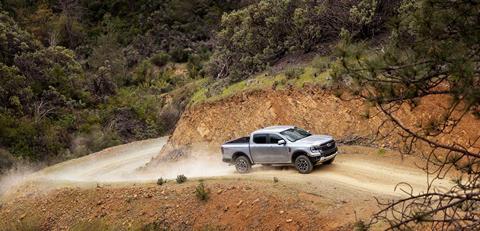
Another feature new to the Ranger is the Pro Trailer Backup Assist from the F-150 and Super Duty trucks and Trail Reverse Guidance, which utilizes the cameras to assess conditions around the truck to provide real-time coaching on how to maneuver the trailer into a desired spot.
Capability
Regardless of engine or drivetrain, the Ranger is rated to tow an impressive 7,500 pounds and the leaf sprung rear suspension is good for 1,711 pounds on the four-wheel drive version.
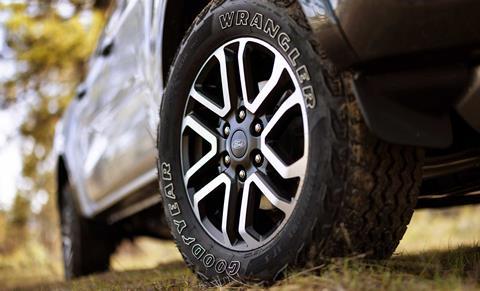
With the 31-inch tires, minimum running ground clearance comes in at 9.3 inches, while the 4x4’s approach, breakover, and departure angle come in at 30.2 degrees, 23 degrees, and 25.8 degrees, respectively. Figure on getting more than 400 miles of highway range from the 18.7-gallon fuel tank.
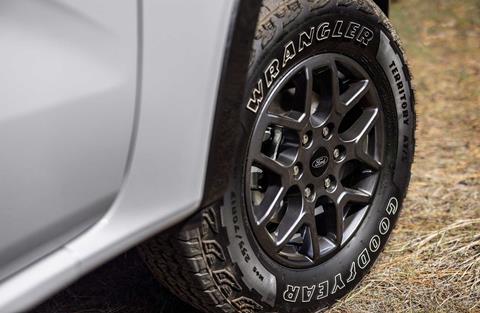
Pricing
The new Ranger starts at $34,265 (plus a $1,596 destination fee), which immediately puts it out of reach of those who need a midsize truck for the least amount of money.
However, the more affordable competitors have trucks that are extended cabs, again, a configuration that Ford doesn’t offer. So, once you look at it in the context of crew cabs only, the Ford offerings are competitive.
Driving Impressions
For our drive, we were in the mountains above Salt Lake City and buckled ourselves into a Ranger Lariat with the 2.3L EcoBoost engine. Even at around 4,500 feet of altitude, the engine felt great and the 10-speed automatic did a commendable job of keeping the Ranger in its powerband, feeling like there was less latency or turbo lag as we had experienced in the Chevy Colorado and GMC Canyon we recently tested.
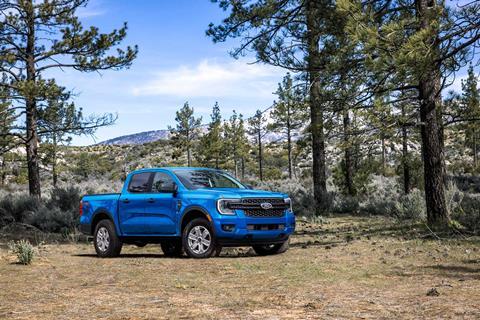
The 2.3L proved to be smooth and torquey and we think this will be the perfect engine for those who are planning to use the truck as a daily driver and aren’t planning on regularly weighing the truck down.
On our rainy, and sometimes snow-covered, drive route, the Ranger chassis felt great, even empty. The truck stayed planted and was firm and compliant, with great brakes and good steering. We didn’t have a chance to put the Ranger through its paces off-road, but checking off the FX4 option box for another $1,295 would have added a rear locker, off-road shocks, skid plates, selectable drive modes, and Trail Control.
Some quibbles included an annoying shifter design that isn’t intuitive on the higher trims, some of the aforementioned visible cost cutting, and the lack of a premium off-road package that would fill the gap that exists above FX4 and below Raptor. Ranger Tremor anyone?
Our Take
Overall, we were impressed with the new Ranger and it is a vehicle we would enjoy taking on a road trip, or down a desolate dirt road. We are also looking at getting some seat time in the FX4 model down the road to further experience the off-road performance and are excited for what variations will be coming at a later date.
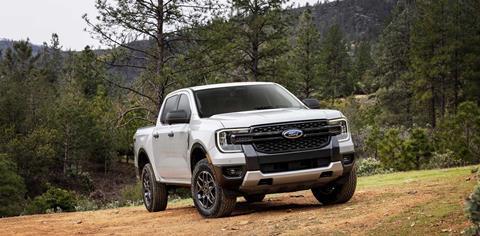
Quick Specs
| 2024 Ford Ranger Lariat 4x4 | |
|---|---|
|
Engine/Trans |
2.3L DOHC DI turbocharged I-4/10-speed automatic |
|
Horsepower/Torque (lb-ft)
|
270/310 |
|
Wheelbase (in.)
|
128.7 |
|
Tire Size
|
255/65R18 |
|
Approach/Breakover/Departure Angles (degrees) |
30.2/23.0/25.8 |
|
Ground Clearance (in.)
|
9.3 |
|
Crawl Ratio |
47.77:1 |
|
Curb Weight (lbs.)
|
4,415 |
|
Payload (lbs.)
|
1,711 |
|
Towing (lbs.)
|
7,500 |
Access More Great Stories!
This article originally appeared in OVR Issue 09. For more informative articles like this, consider subscribing to OVR Magazine in print or digital versions here. You can also find the print edition of OVR at your local newsstand by using our Magazine Finder.



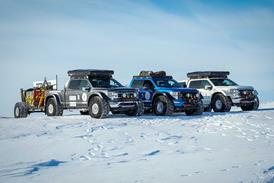

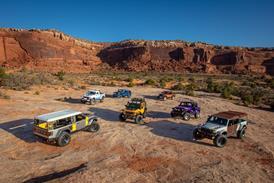
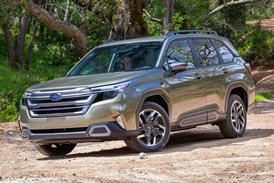
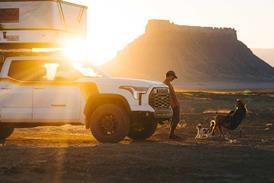

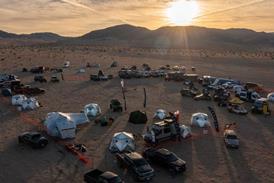
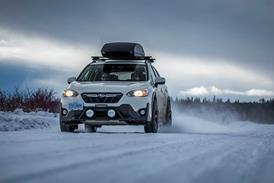
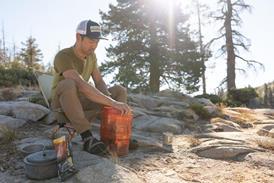
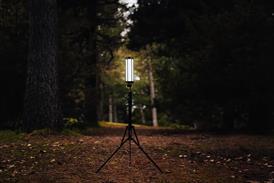
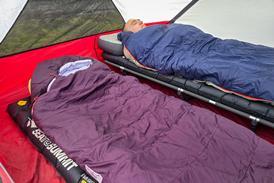
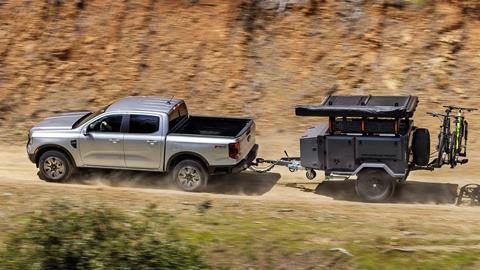
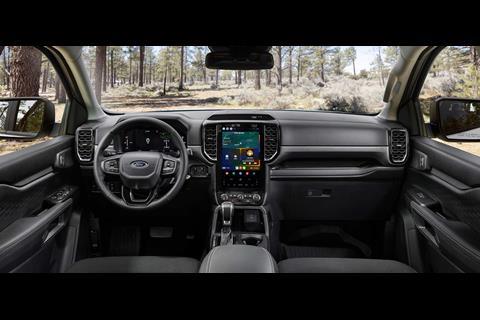
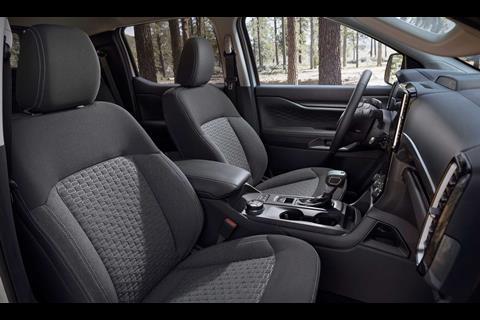
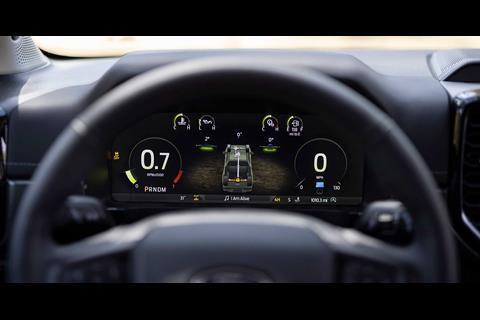
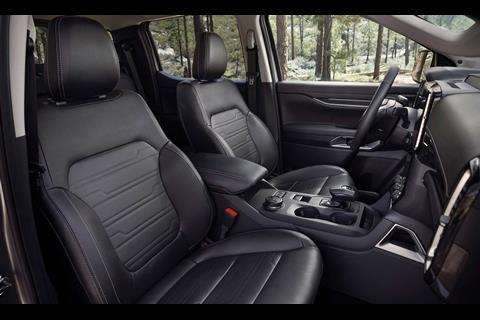
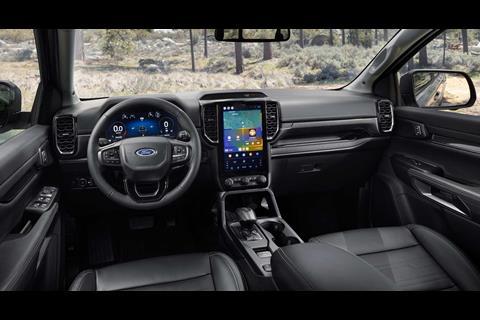






No comments yet